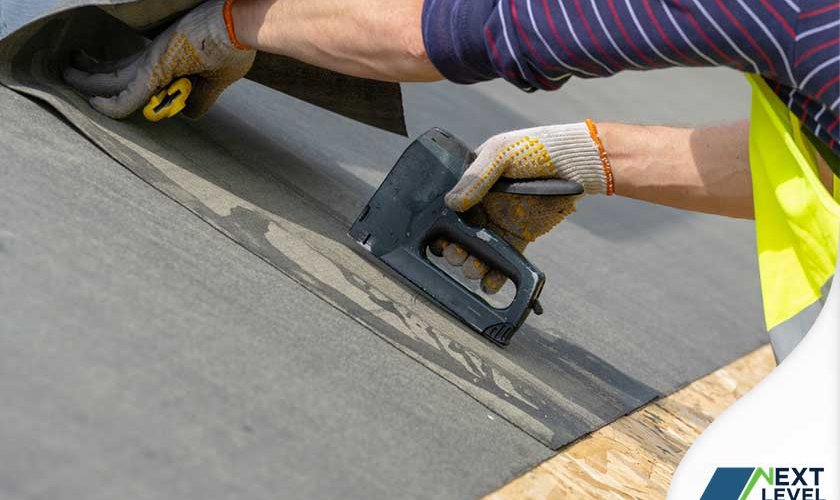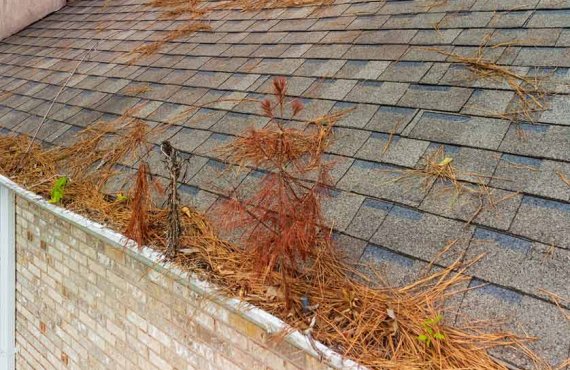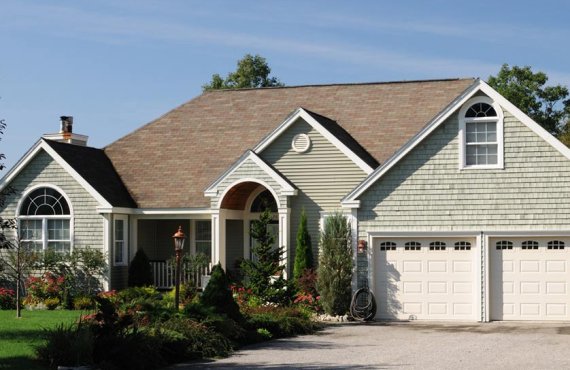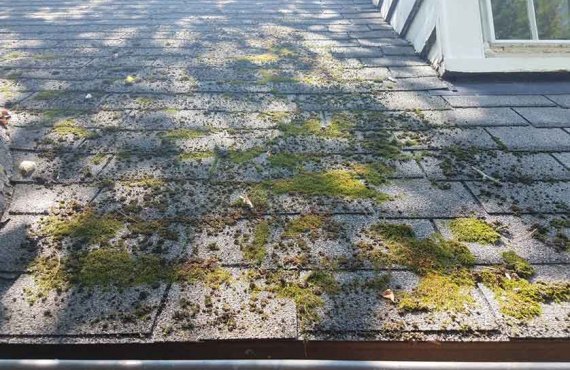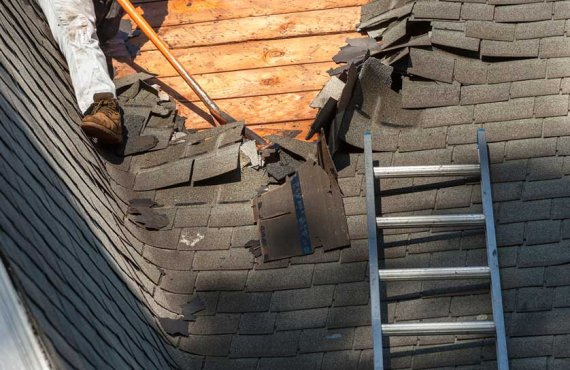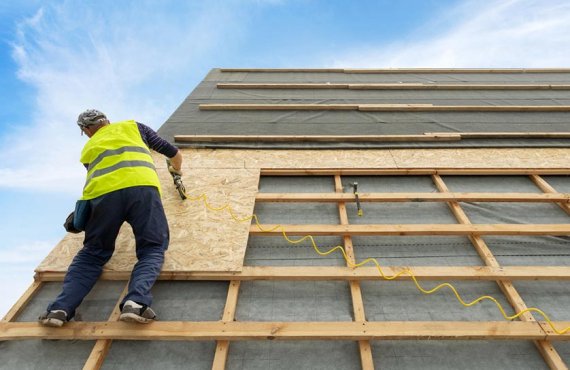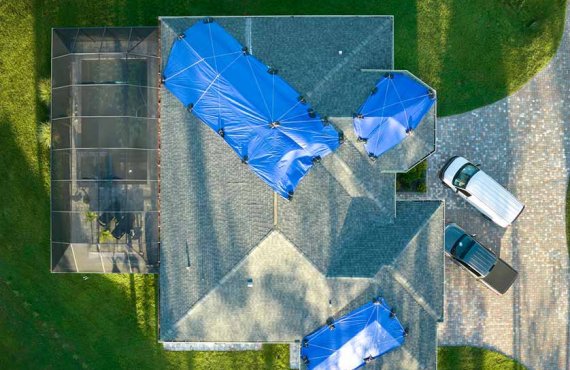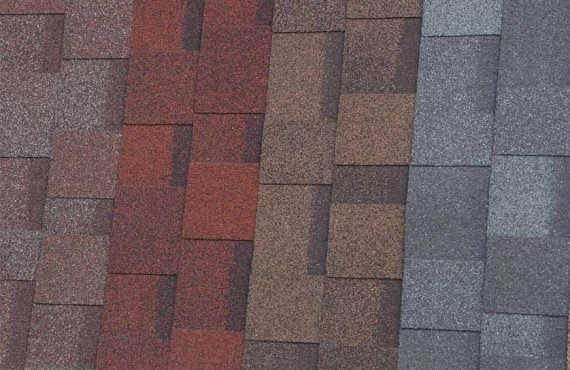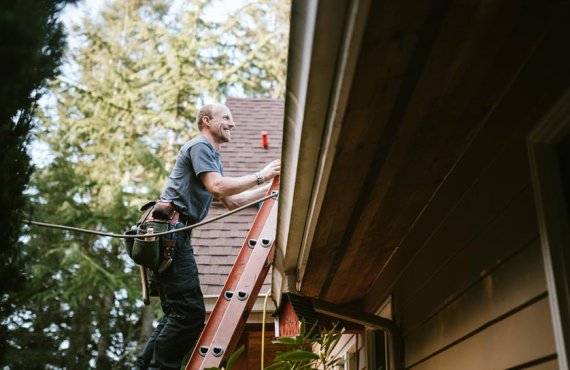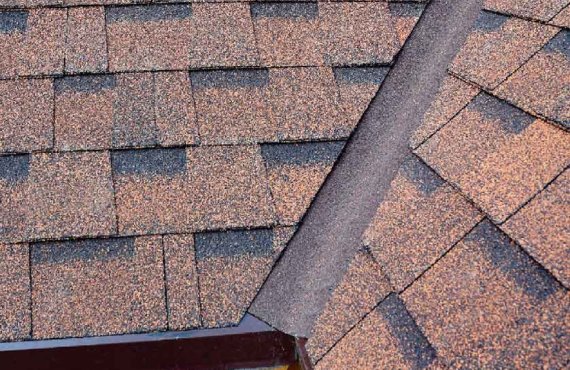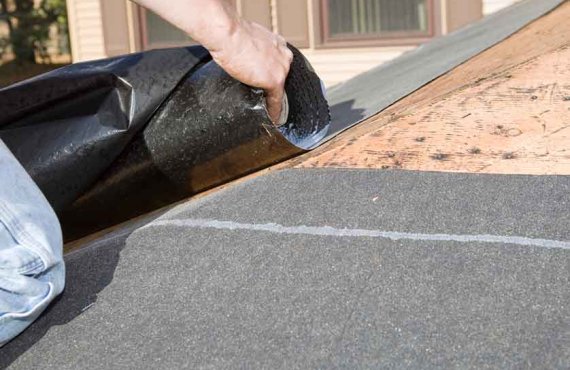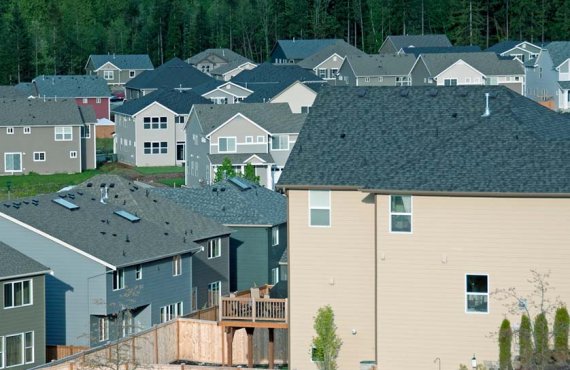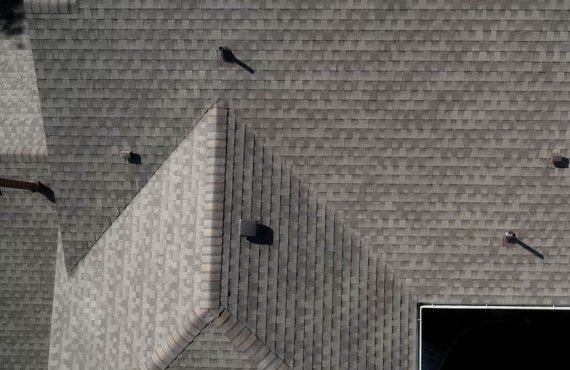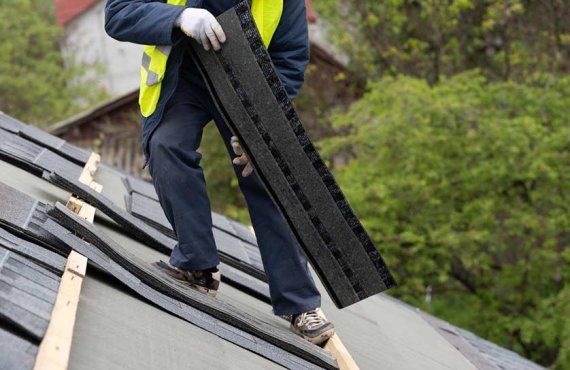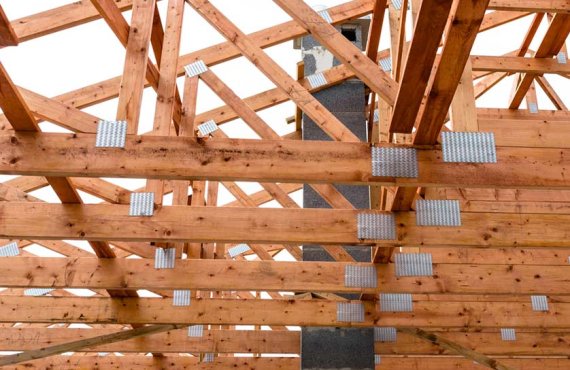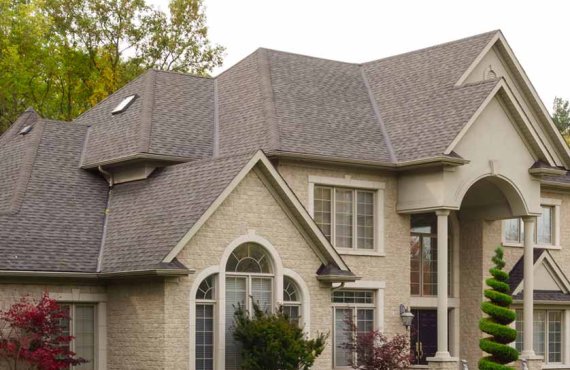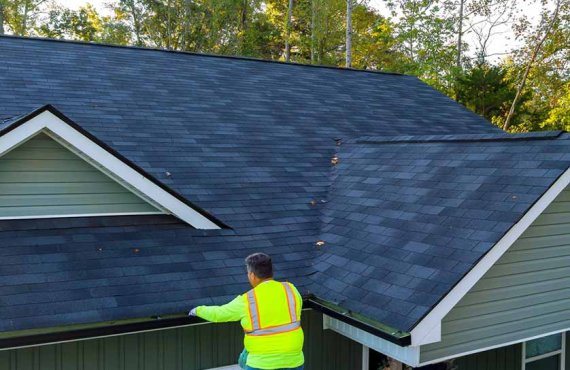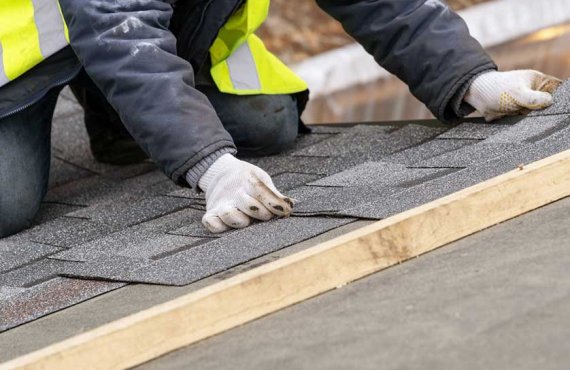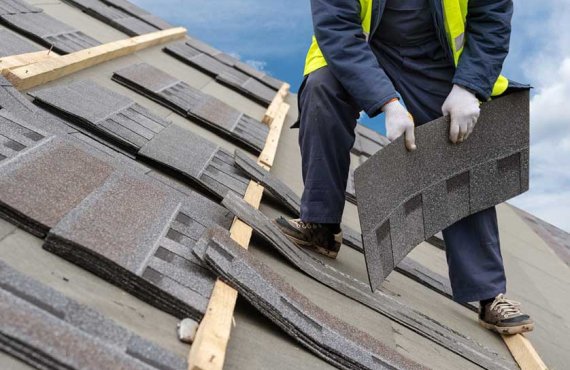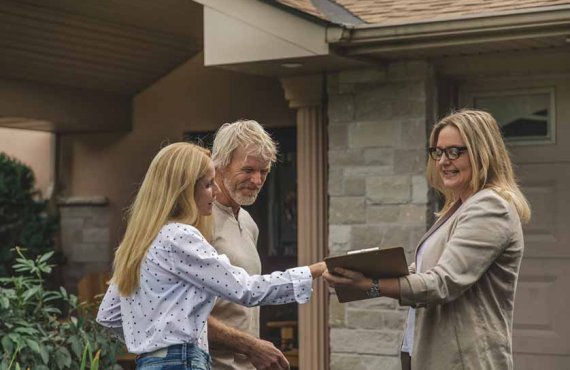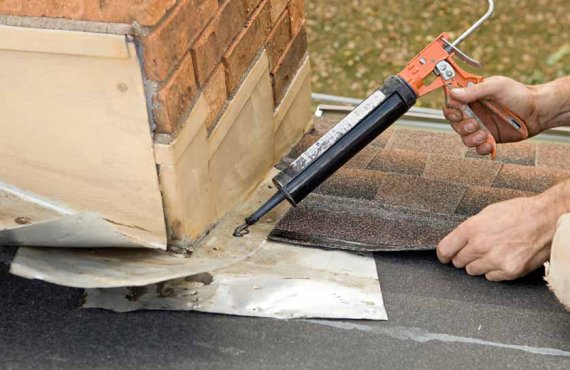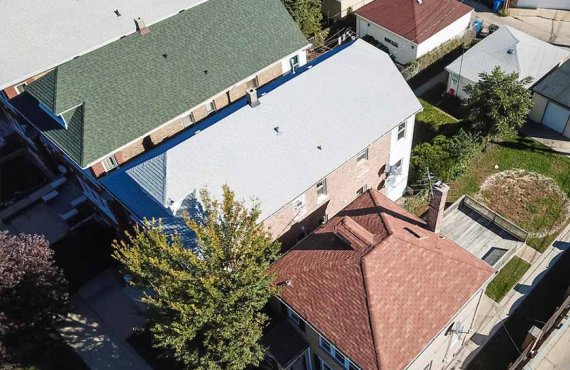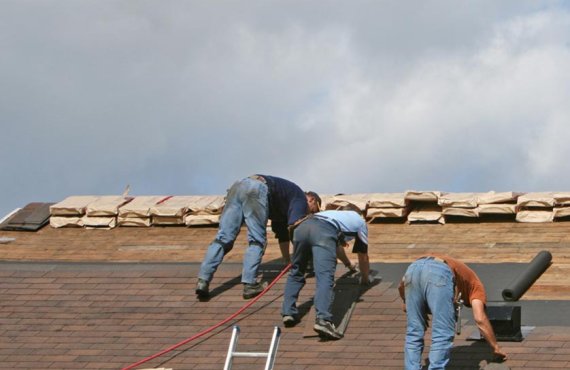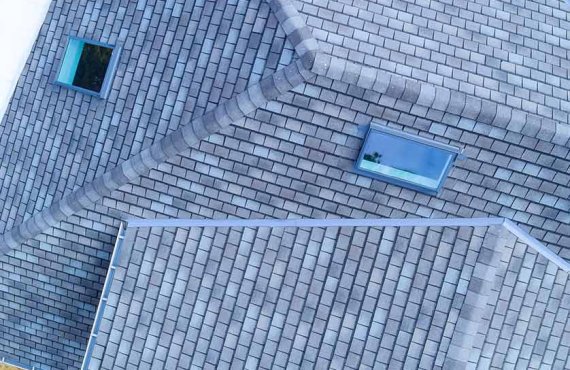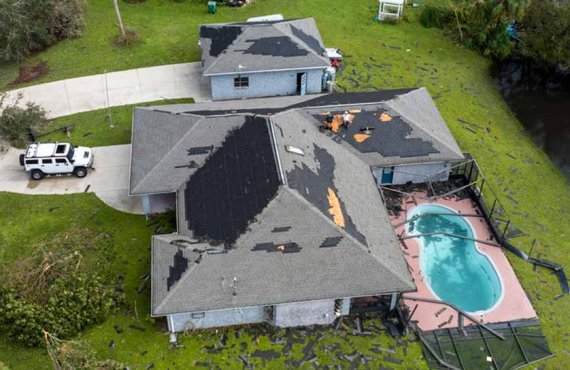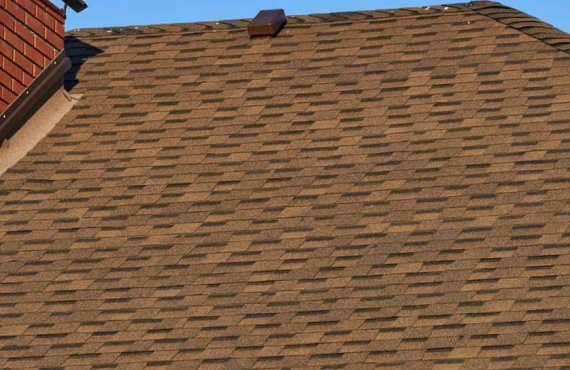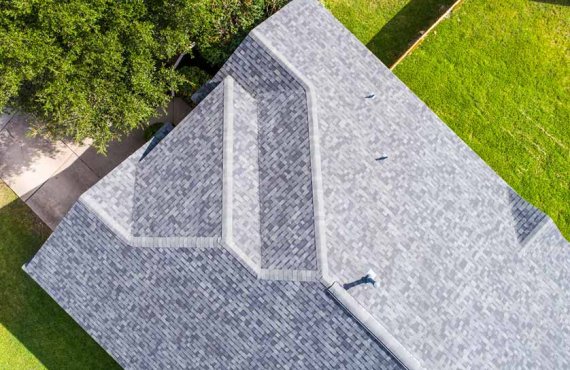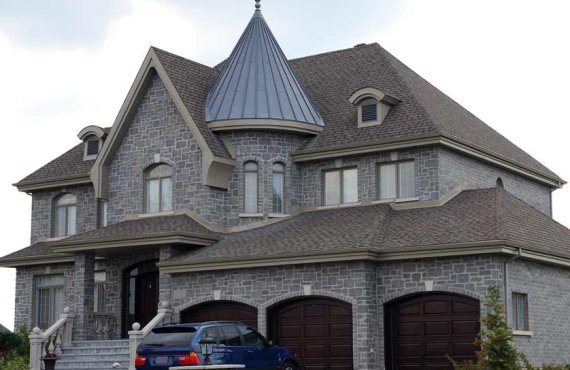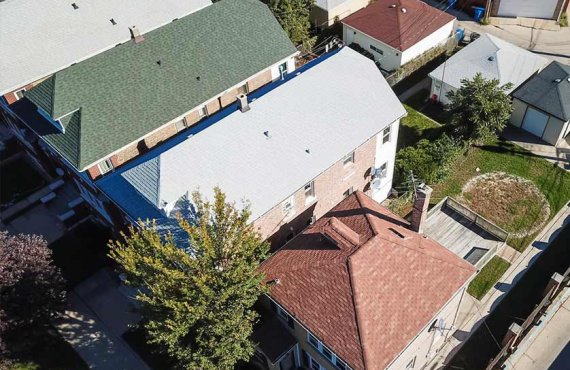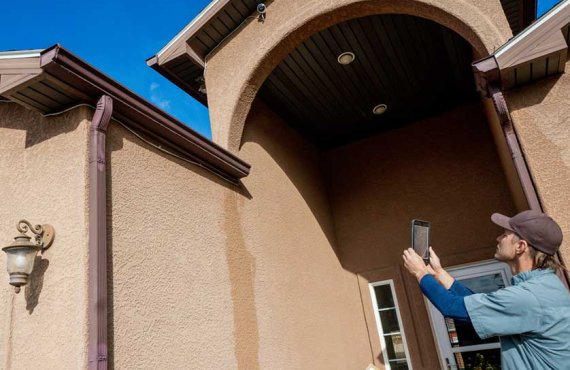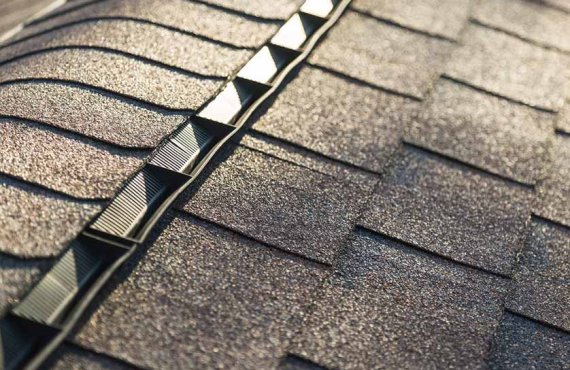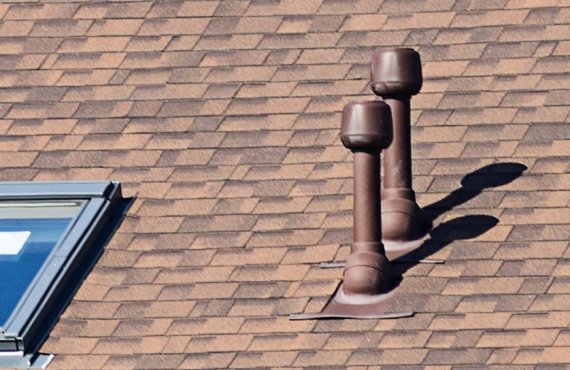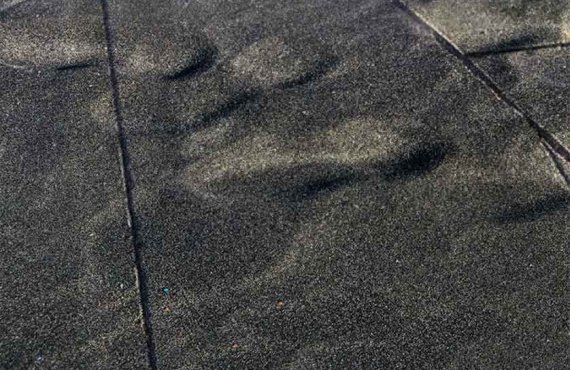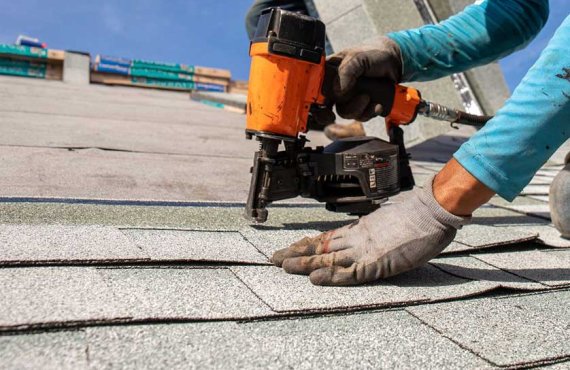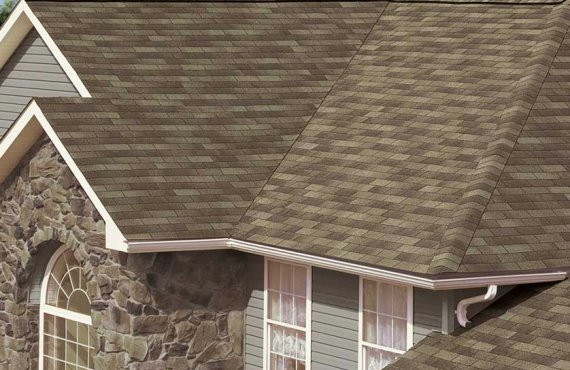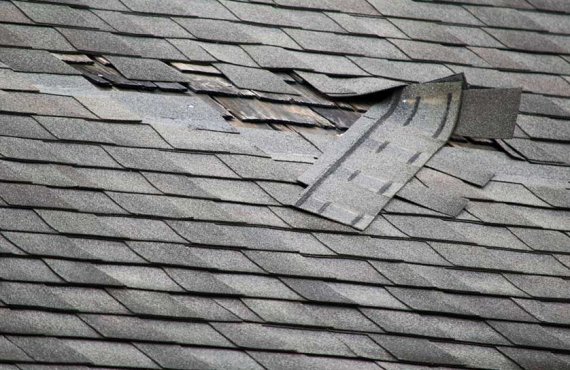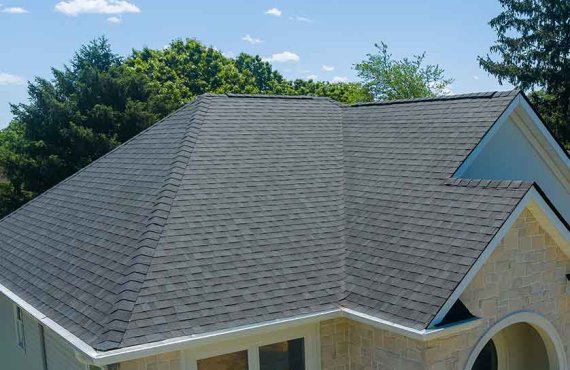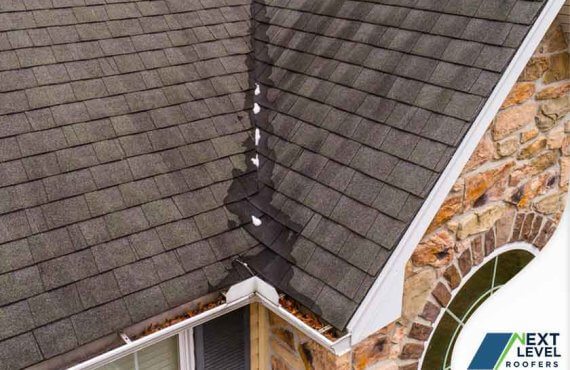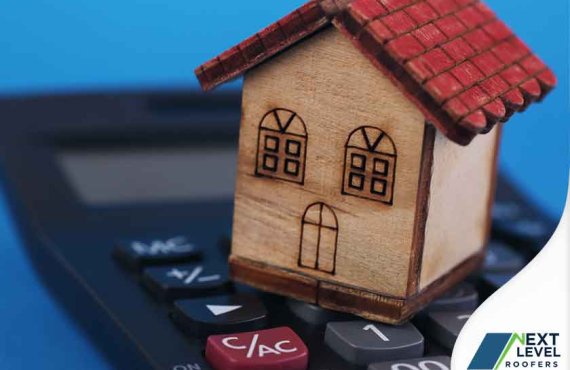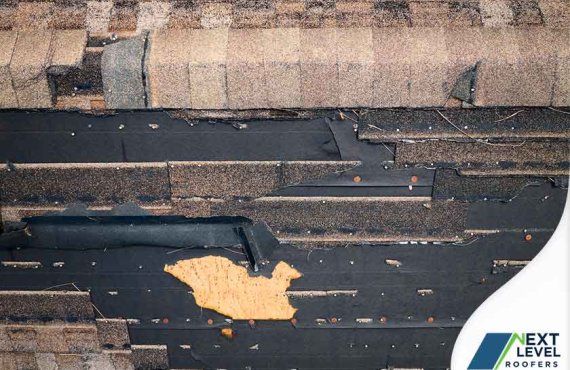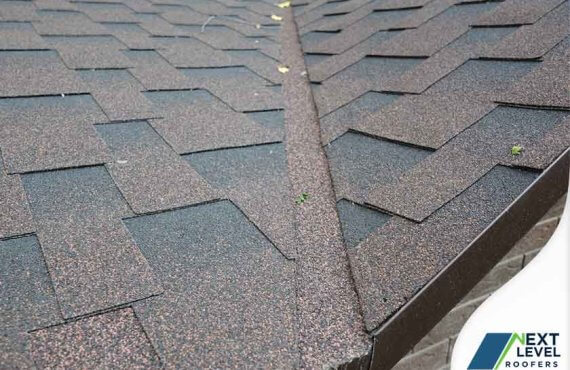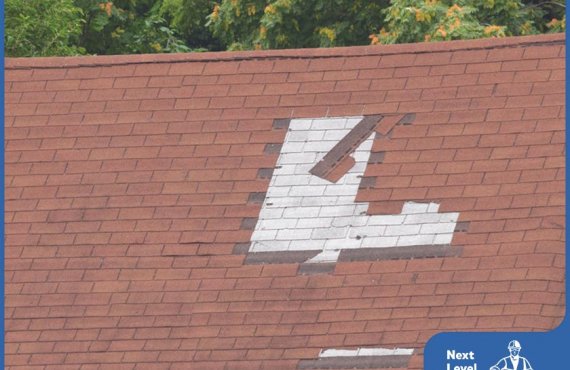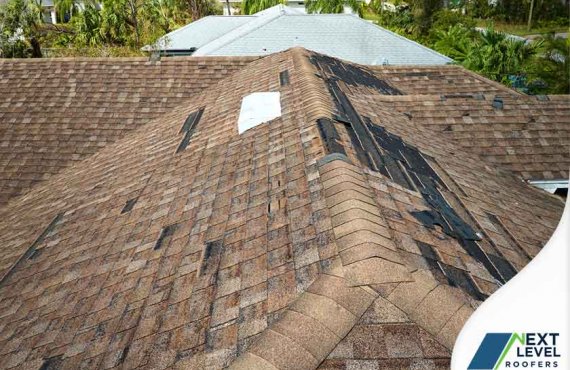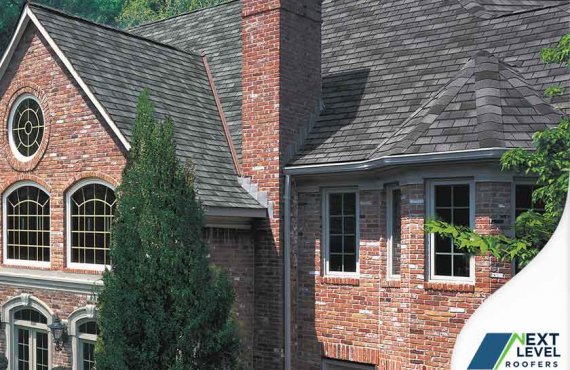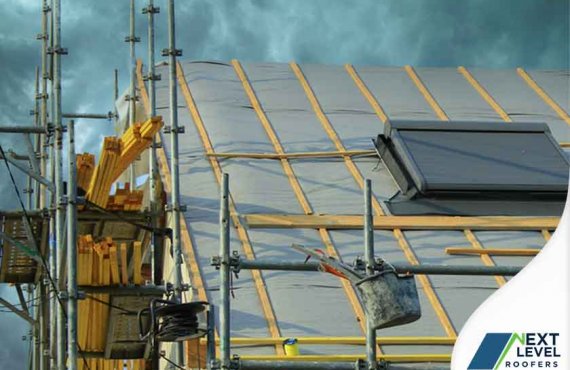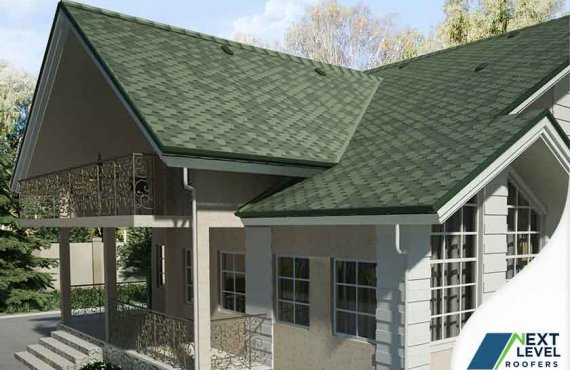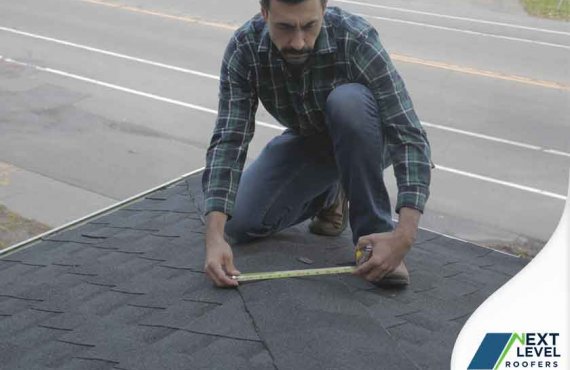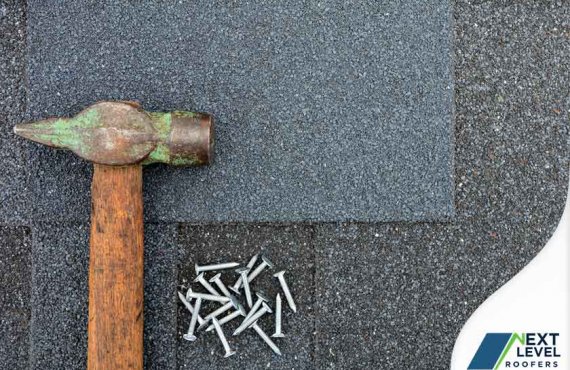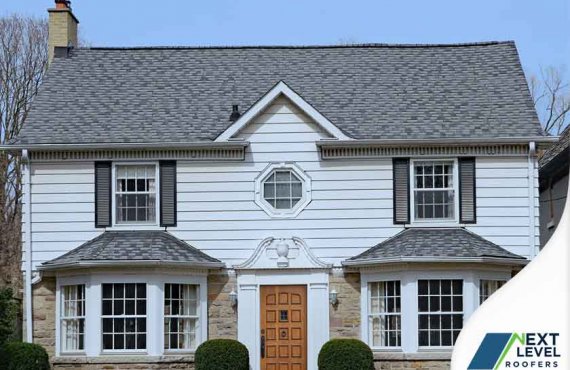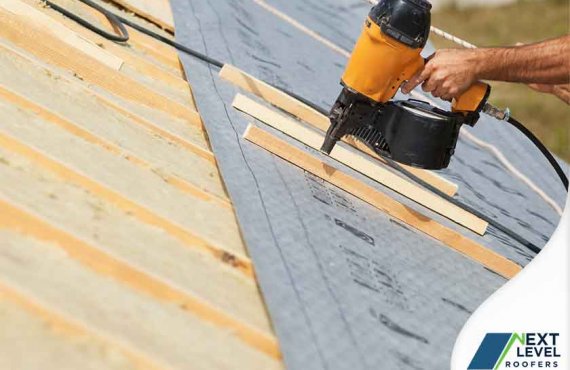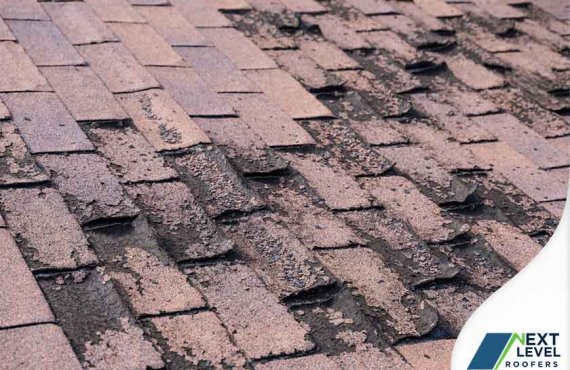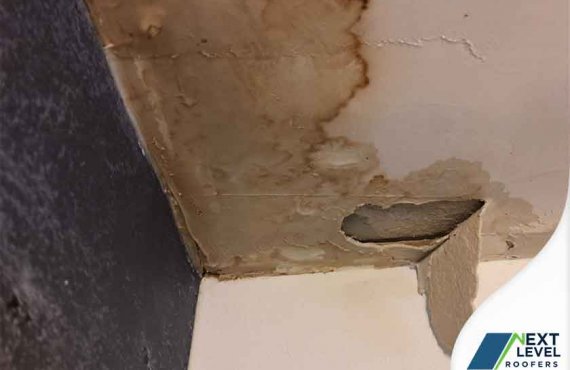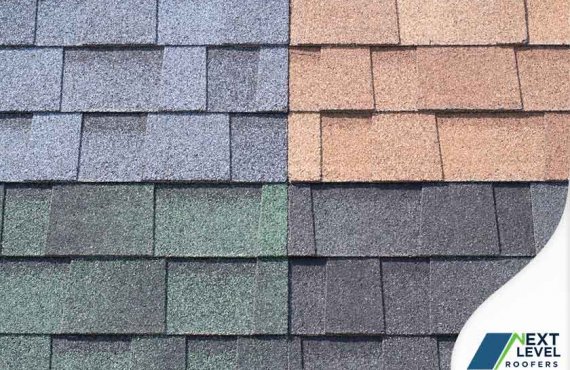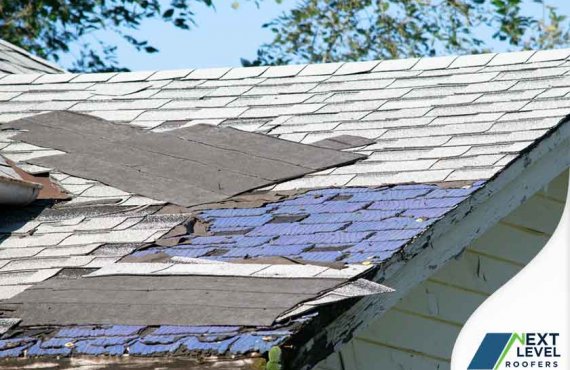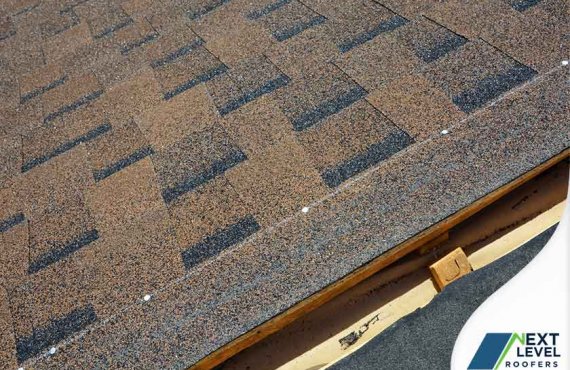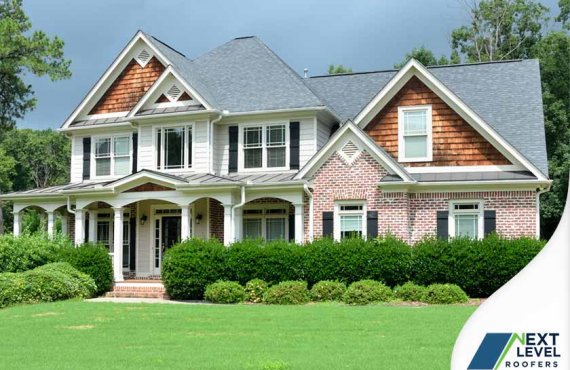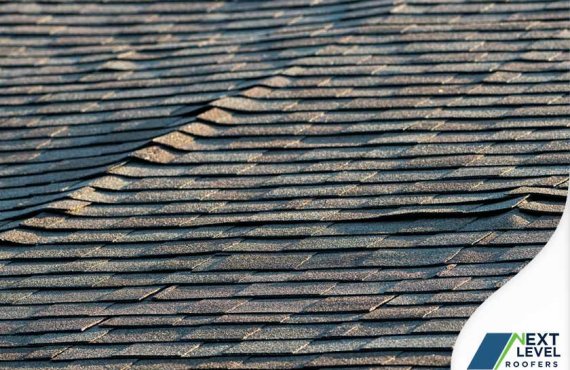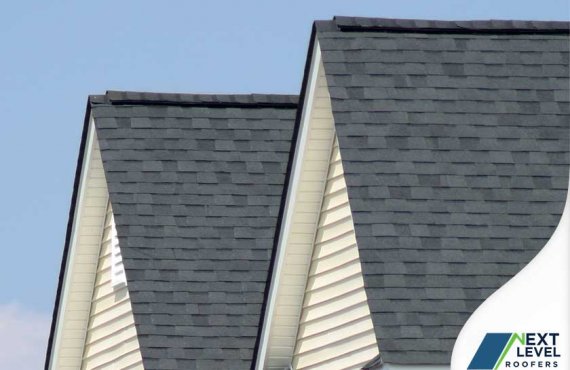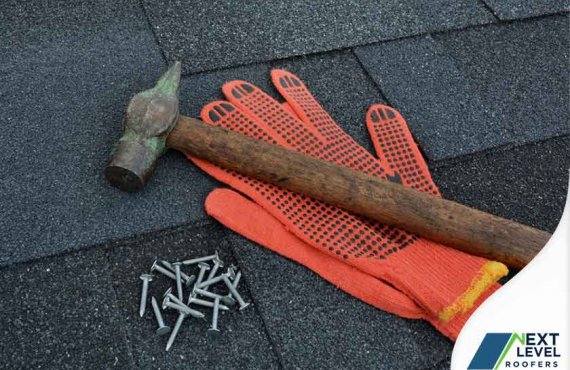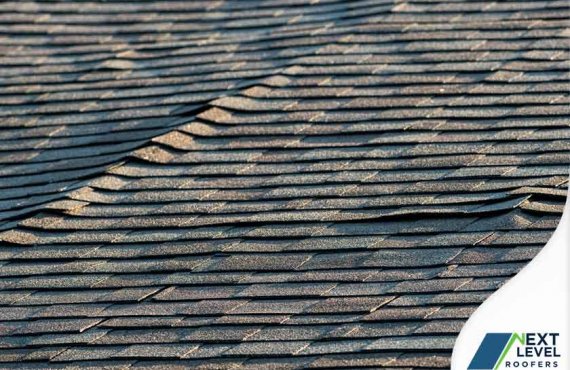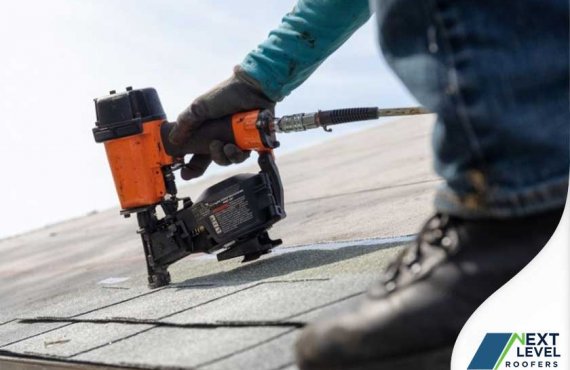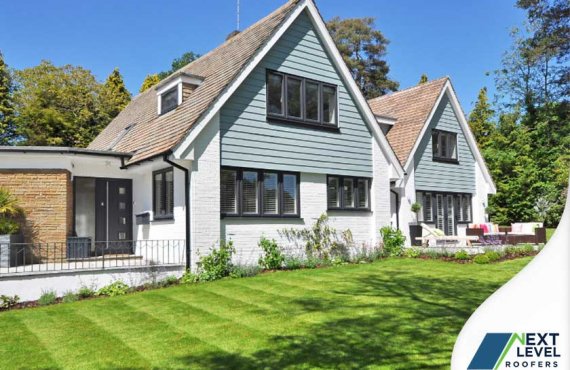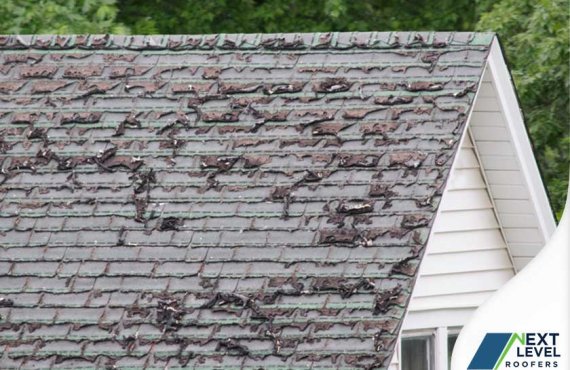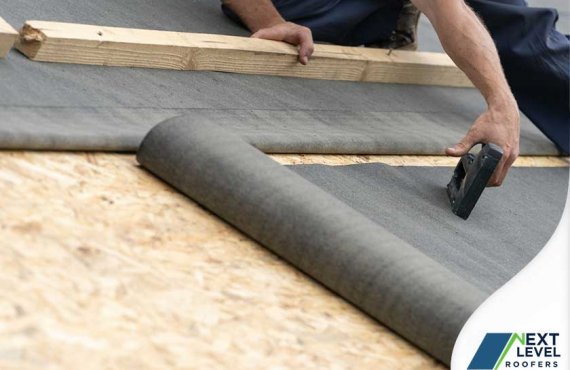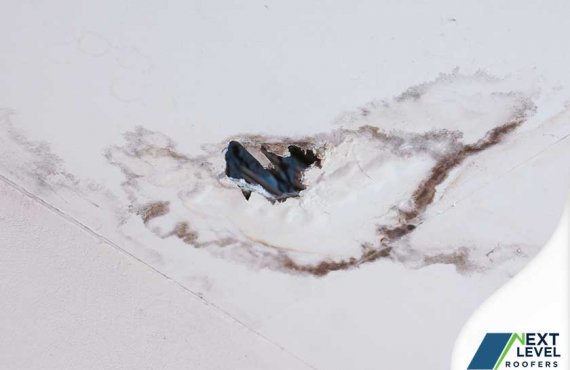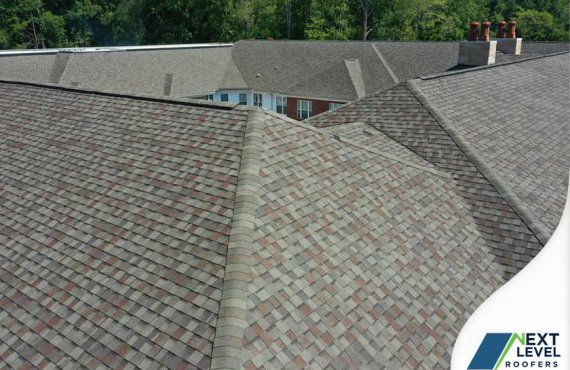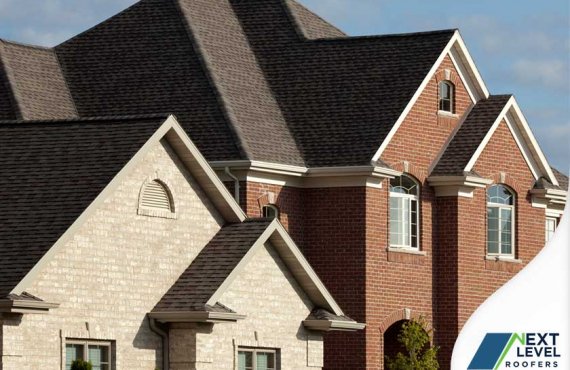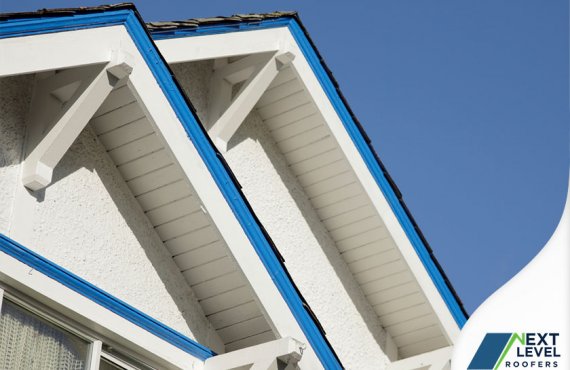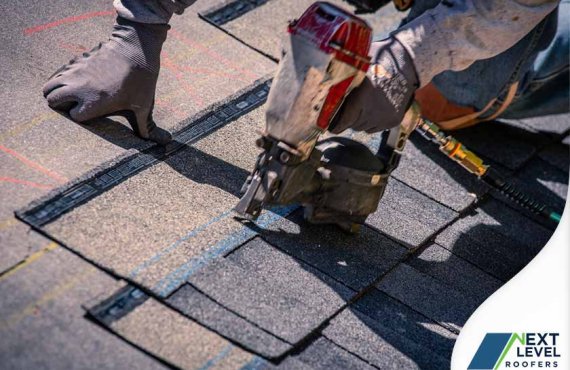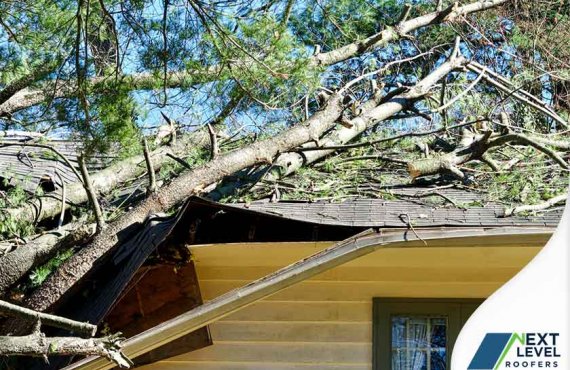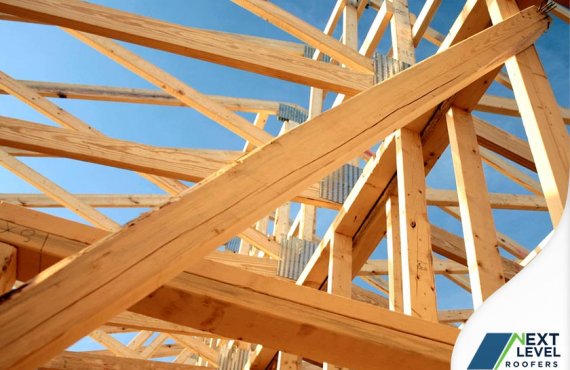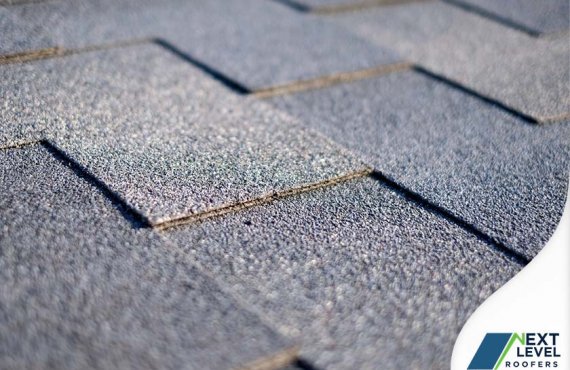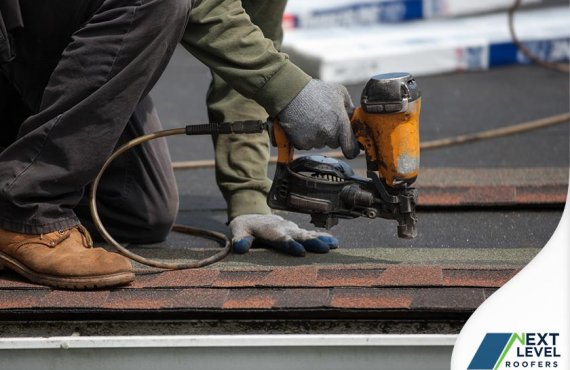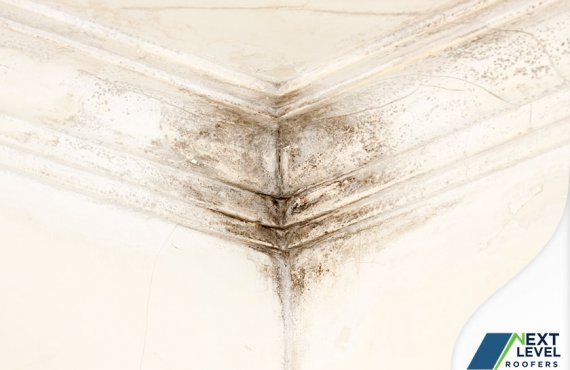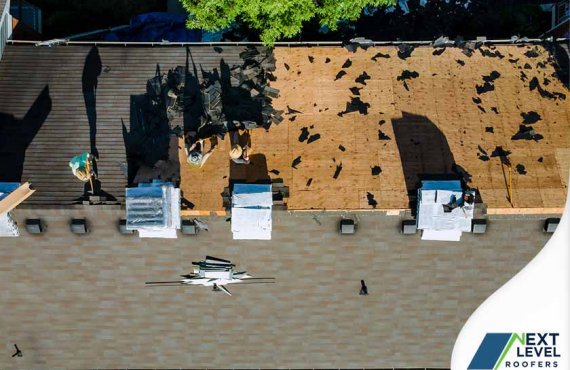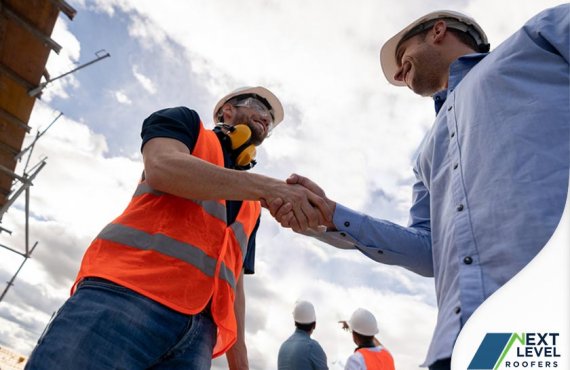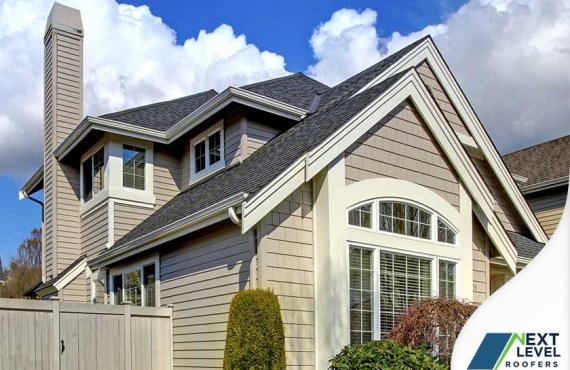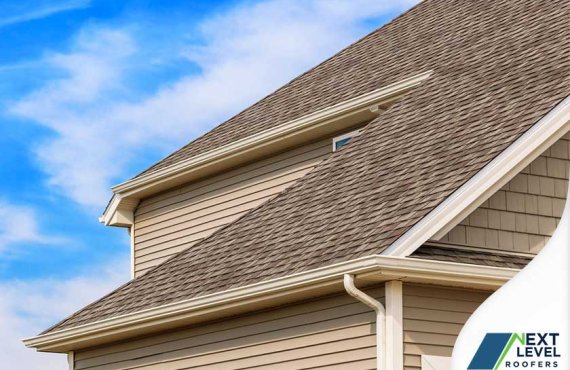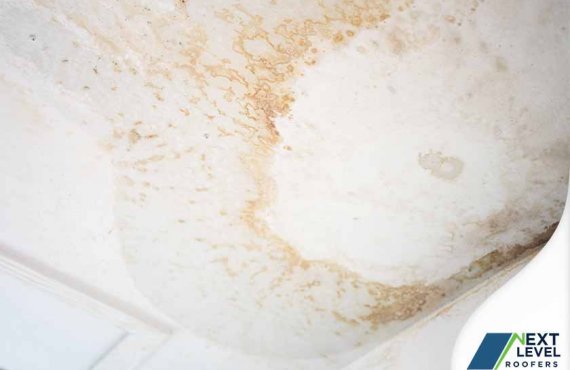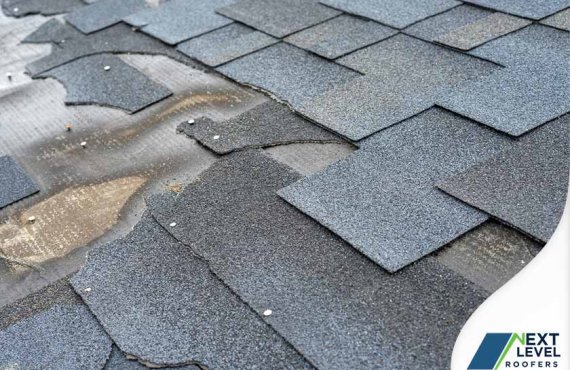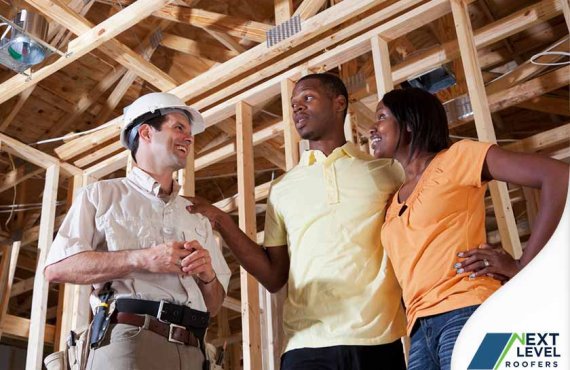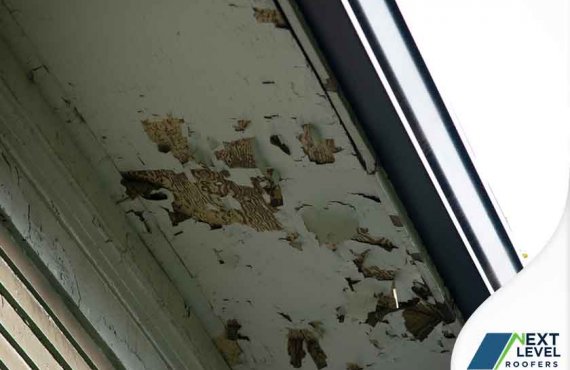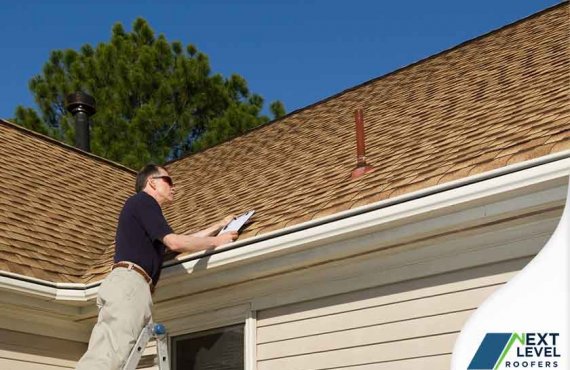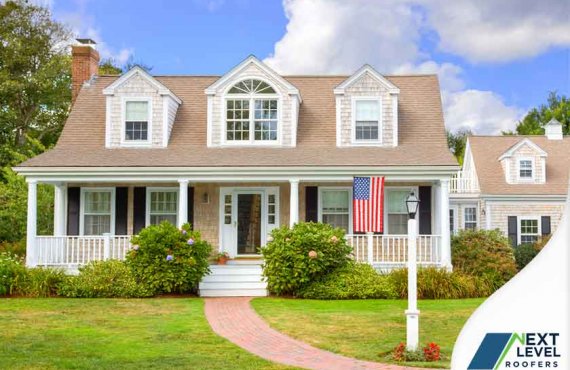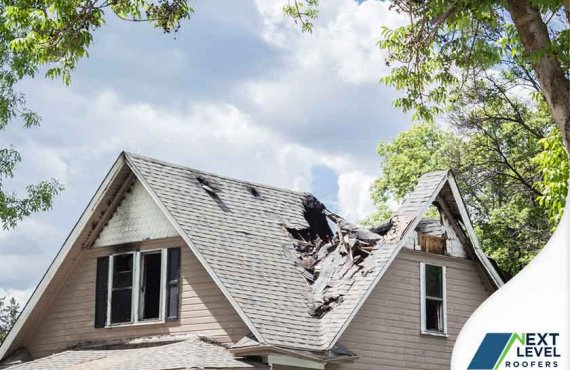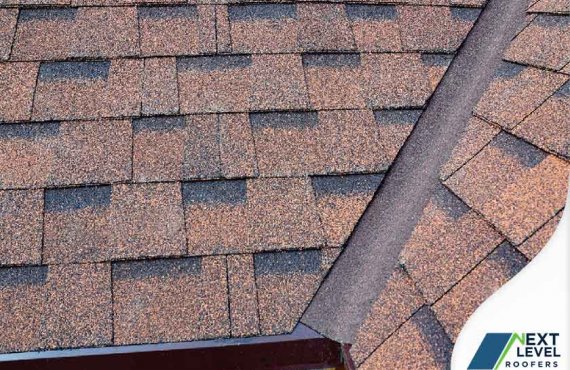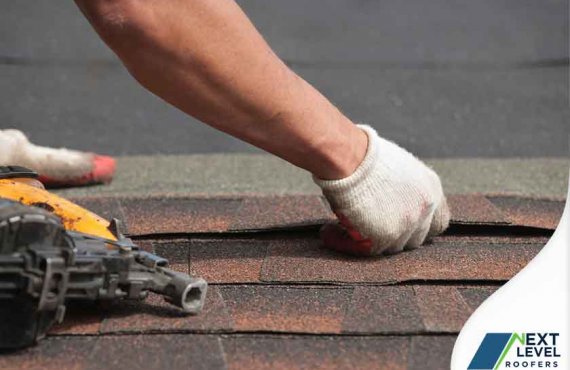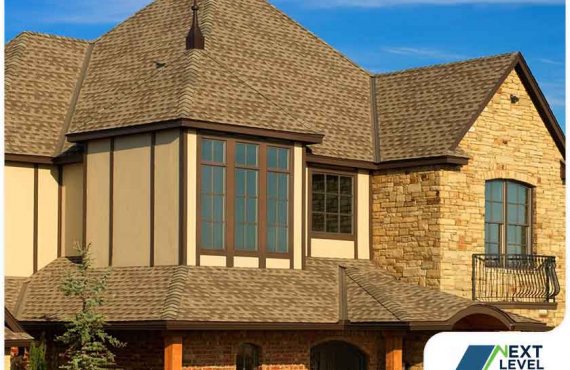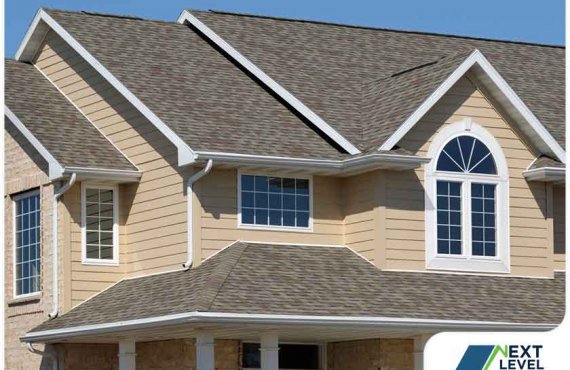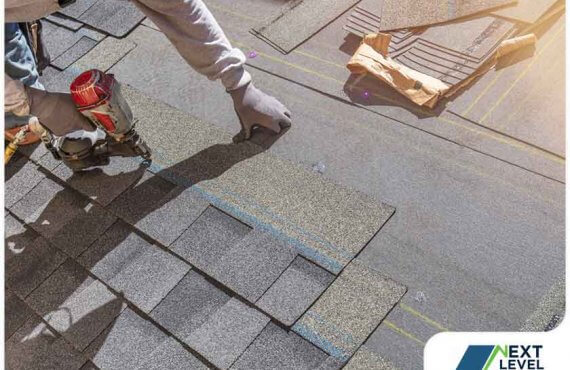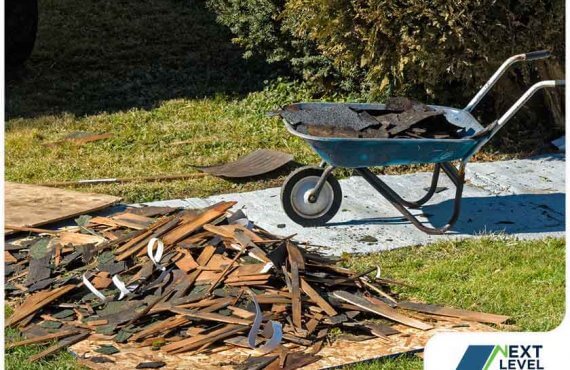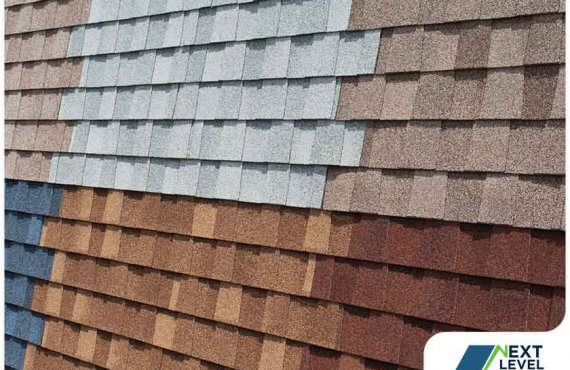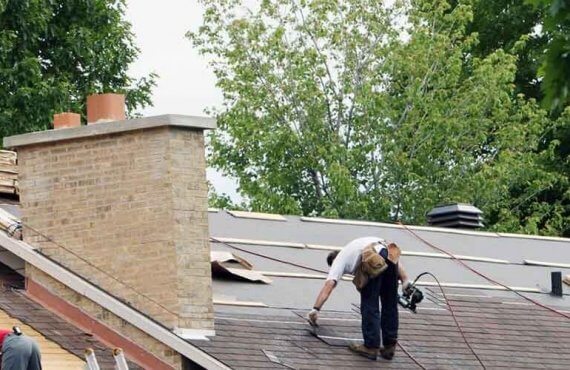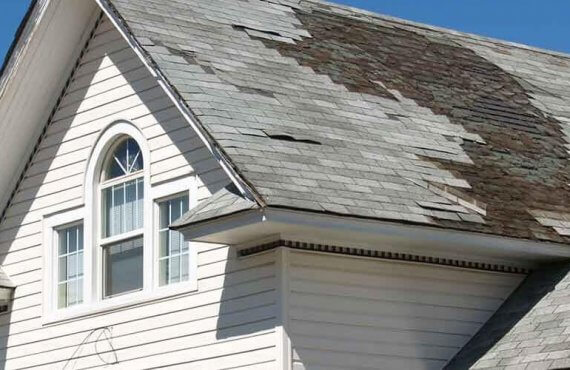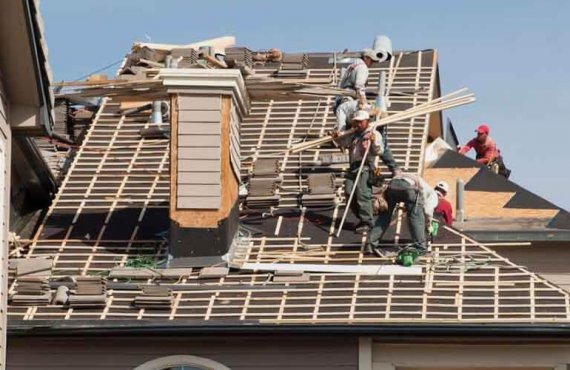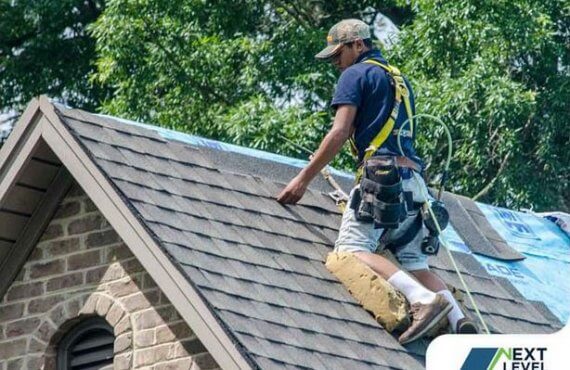Most of the time, you won’t think much about your roofing system except when roofing companies conduct routine maintenance and cleaning. This is necessary not just for your home to stay visually appealing but also to keep it in good condition throughout its lifespan. But even if the surface layer looks mostly intact, you might not be aware of the condition of the materials beneath it. This especially includes the roof decking, which can suffer from hidden damage over time.
Your roof decking can be exposed to weather elements that cause premature deterioration, and the resulting damage won’t always be visible at first. If a storm happened recently and you noticed your roof’s surface only sustained minor damage, you might think that the rest of your system is relatively fine. However, you won’t know for sure unless you had a professional roofing inspection. There’s a big chance that the roof decking and some of its other inner layers have been affected as well, so if you only address the issues that are visible on the outside, the damage sustained by the inner components can spread to other parts of the system.
To prevent further damage to your home, it helps to know more about your roof decking and how you can protect it. This means working with trusted roofing companies who know how to maintain your roof and make the necessary repairs on any issues they may find.
About the Roof Decking
Despite being a hidden component of your roof, the decking plays a key role in securing the system’s entire structure by providing the foundation for the other layers, including the underlayment and the roof covering (i.e. asphalt shingles or metal panels). It serves as a platform to hold the weight of your installed shingles while also protecting your inner roofing structures such as the rafters and trusses from the elements.
Many older homes may have their roof decking constructed with the boards either butted together or connected with a tongue-and-groove joint. Nowadays, they’re typically built using plywood or oriented strand boards. Also known as OSB, many roof replacement contractors prefer using this material because it’s inexpensive and highly reliable. It’s engineered by bonding together and intertwining wood strands with a waterproof resin. Plywood is also a good choice as it’s much denser than OSB and is made from thin layers of wood that are glued together. It also provides greater protection against moisture and different weather conditions.
The Telltale Signs of Damaged Decking
Damaged roof decking often won’t present itself until other parts of your roofing system are visibly affected. If left unaddressed, it can compromise not just the rest of your roofing system but also other parts of your home. Some of the common signs include mold growth, pest infestations, premature deterioration of your shingles, and even higher energy consumption.
A noticeable sag on your roofline can also be caused by damaged roof decking. This means the inner structural frame was exposed to water damage for a long time and eventually became rotted and warped. And of all the issues caused by damaged roof decking, leaks are the most common. They’re most visible through water stains on walls and ceilings while also causing paint and wallpaper to peel. You may also find darker water stains up on your attic that are causing rot to the rafters, trusses, and other wooden components.
Should You Repair or Replace Damaged Decking?
If you notice some of the telltale signs of damaged roof decking, they must be addressed as soon as possible. A quick patch job on your affected decking may seem like a faster solution, but if several parts are already badly damaged by water, mold, and moisture, it won’t do much to save your roof. Depending on the amount of damage, a rotting roof deck won’t be fixed by simple repairs. Professional roof replacement contractors often recommended a full replacement to address the damaged decking effectively.
If you’re already looking for prospective contractors for your roof replacement project, consider replacing your existing decking as well. This might not be needed if the deck itself is still in good condition, but it makes more sense to have them replaced along with the rest of your roof to ensure that the newly-installed materials will last for years. And if you want to enhance its protection and reliability, you can also consider different types of weather-resistant materials to be installed with your decking!
Preventing Future Damage
Experienced professional roofers are more than qualified to provide care and maintenance to your roofing system. They know how to identify the signs of damaged decking as well as other roofing problems and address them accordingly to keep it in good shape throughout its service life.
You can try to inspect your roof from the ground or inside your attic, but never attempt to go on the top of the roof yourself after a recent storm or severe weather event. If you already see your roof decking has been exposed or badly damaged, don’t attempt to fix it yourself. Think of your safety and call in a professional roofer instead to fix the problem. Most roofing warranties also require a licensed professional to check your roof, so if you do this yourself just to save money, you’re also going to void it in the process.
You should also make it a habit to clean your roof to prevent debris from accumulating and causing damage to the surface. This means checking your gutter system and cleaning it regularly to prevent clogging problems. Otherwise, the water runoff will start to pool in certain areas and seep through the decking and fascia boards, and you’ll end up with rotting damage and leaks. Make sure you unclog your gutters thoroughly to ensure the water runoff flows down the drain smoothly.
At Next Level Roofers, our experienced team of roofers is committed to providing high-quality services, be it installations or maintenance. Expect us to get the job done efficiently! To get started, call us at (407) 237-7960 or fill out our convenient contact form online. Our Florida service areas include The Villages (Leesburg) and the rest of Sumter County.

